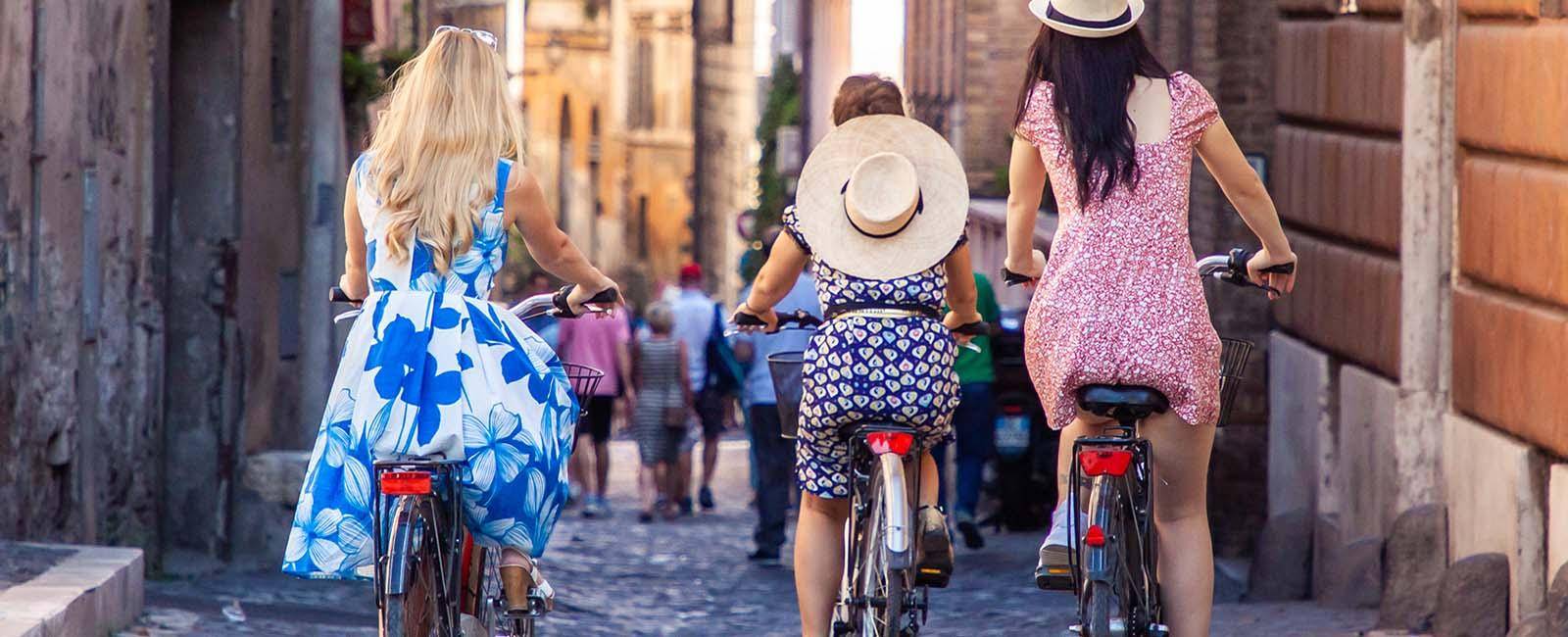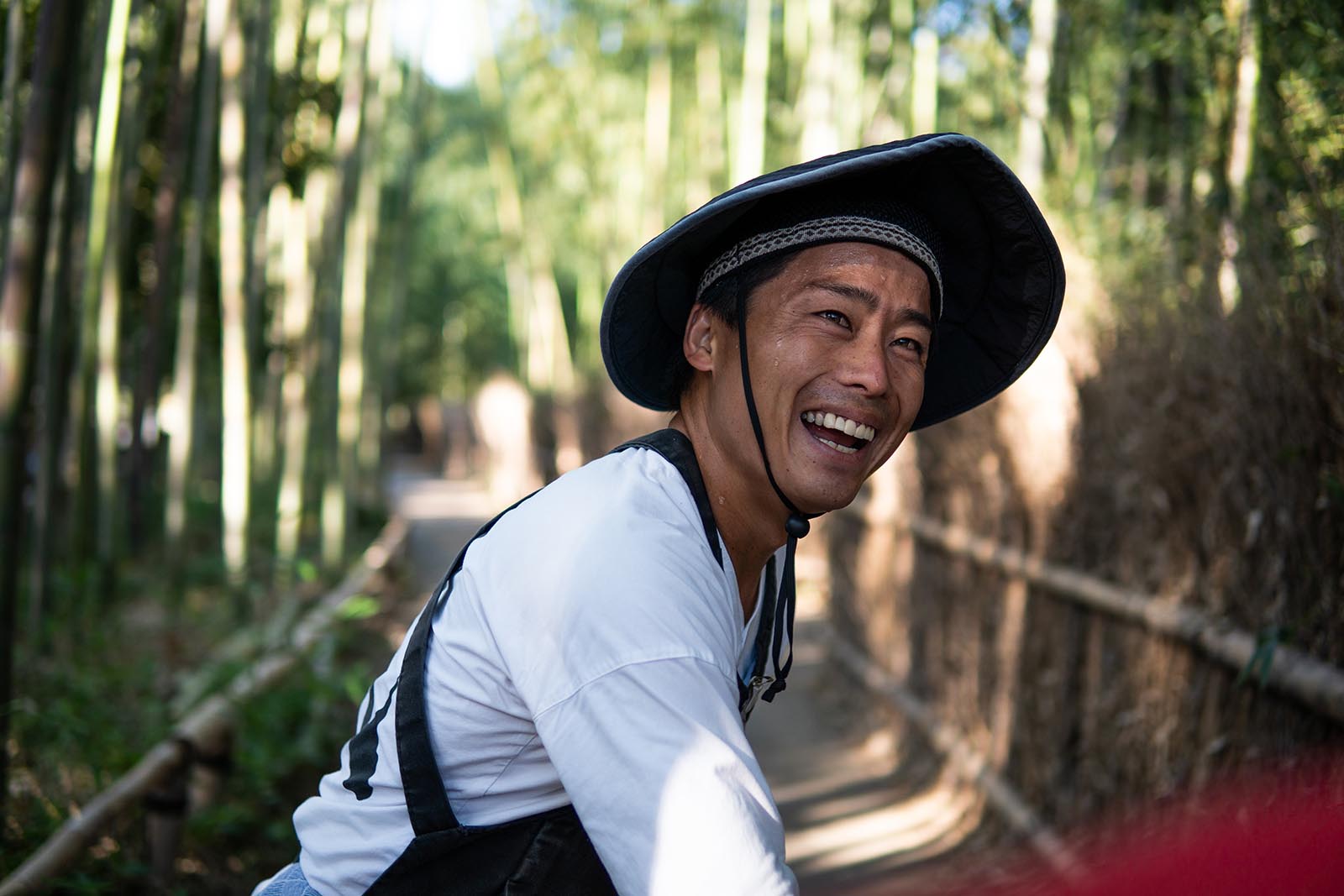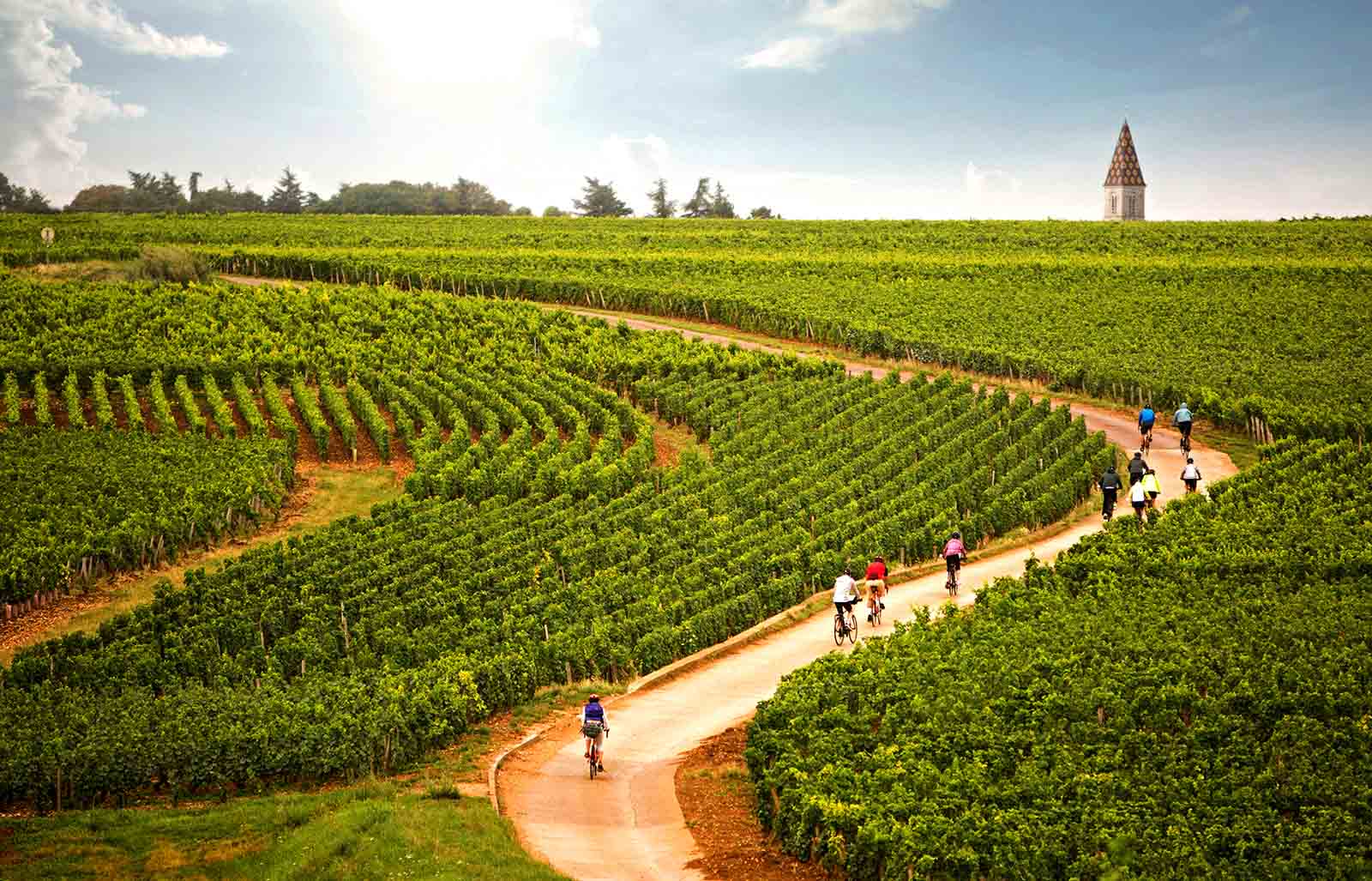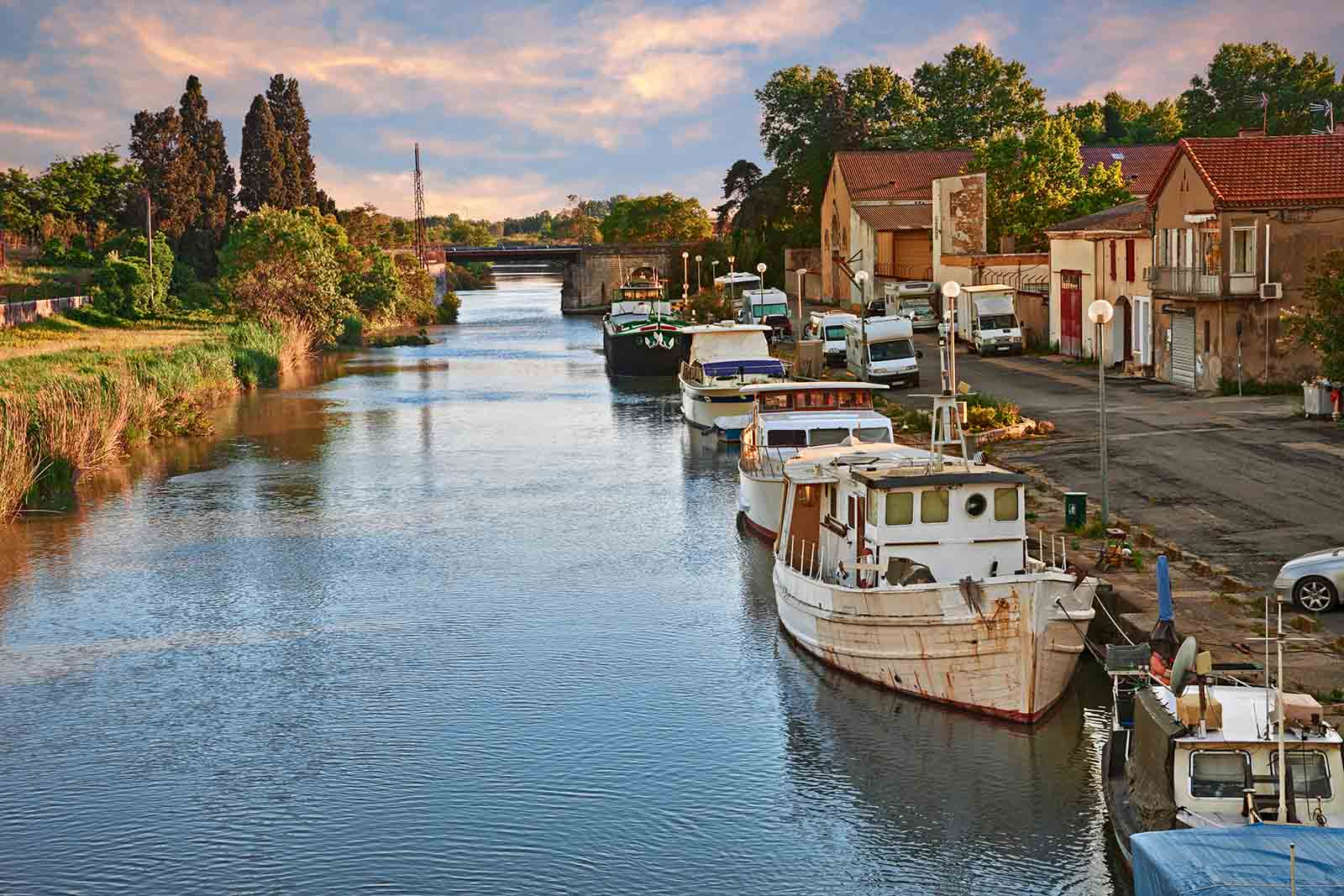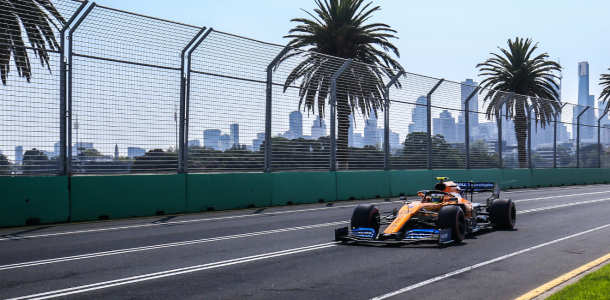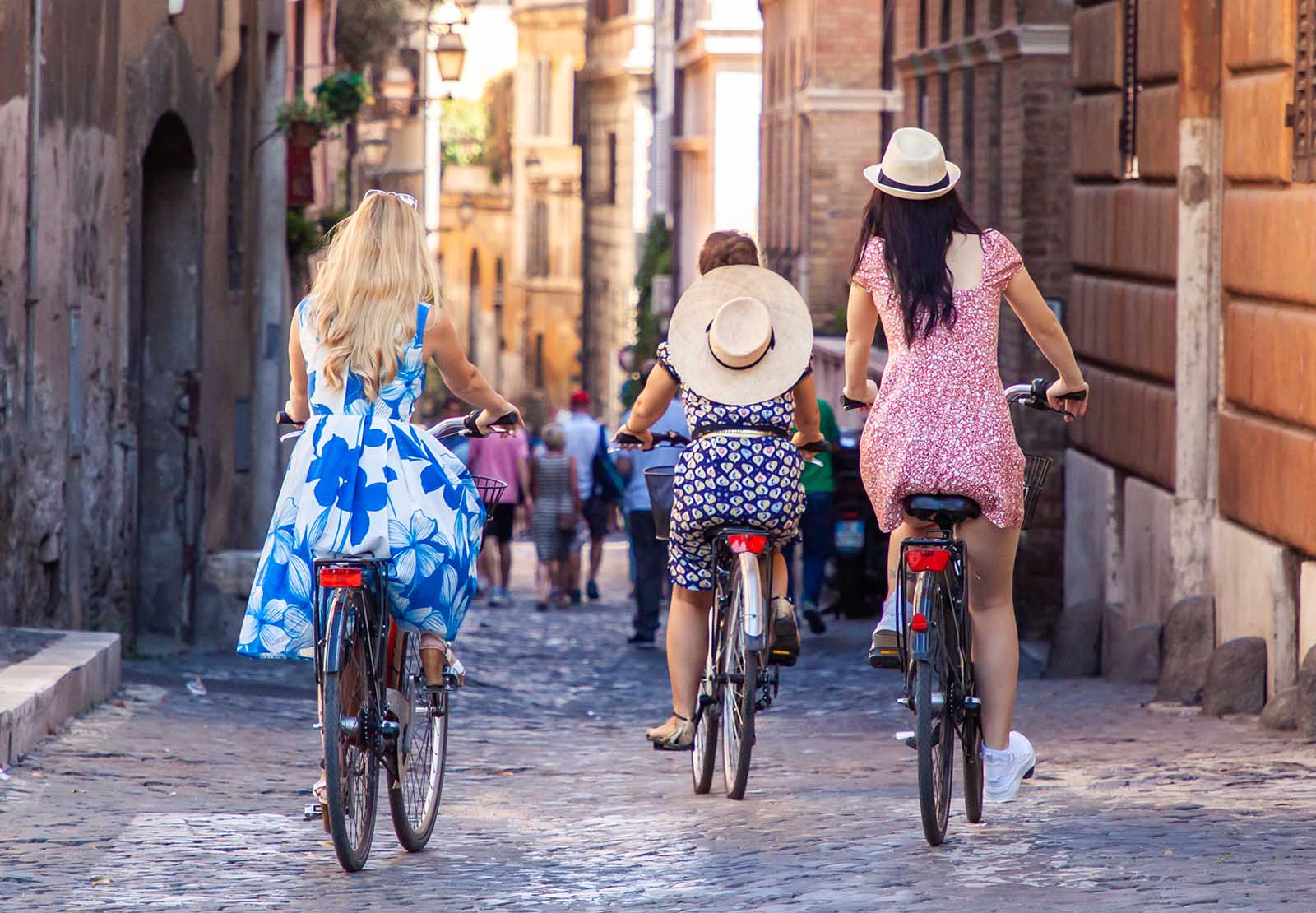
Instead of rushing around the planet to check off destinations like a shopping list there are good reasons to go slow.
When travelling, it can be all too tempting to cram too much into your itinerary. Visiting 10 cities in 10 days to get the most out of precious holiday time and savings might seem like a good idea when you’re booking, but much like fast food and fast fashion, fast travel can be cheap but unnourishing, and easily forgotten when you get home. It can also turn beautiful destinations into overcrowded tourist hotspots, stripping them of the natural and cultural riches that made them so appealing in the first place.
What is slow travel?
Enter slow travel – the antidote to FOMO (fear of missing out) and rushing around the planet ticking off places visited like items checked off a shopping list. It’s a movement that has taken off as travellers embrace quality over quantity and adopt a less is more approach to experiencing the world. It’s as much about the journey as the destination, absorbing the rhythms of daily life and getting off the beaten track. It’s about getting to know people and places and feeling a connection with a place so the memories and lessons stay with you. It’s not just about staying longer – you can take a three-day break and still go slow – it’s about being more present while you’re there, taking walks, slowing down and having time for the unscheduled and unexpected.
Annalise Andrews is the Australian trip designer for slow travel pioneers Butterfield & Robinson (B&R), whose company motto is “slow down to see the world”. Andrews has spent a decade with the Canadian-based company as a guide and researcher in 16 countries on four continents. “It was an exceptional introduction to the art of slowing down to see the world, connecting with people and places and creating genuine experiences for travellers. I’ve never guided anything but biking and walking trips,” she says.
For Andrews, now based on the Sunshine Coast, slow travel is all about encouraging guests to leave their to-do lists and Instagram feeds behind and immerse themselves in the moment to experience local life and find a sense of place they’ll hold onto forever.
Benefits of slow travel
“For me, nothing can compare with slowly passing through a region, not just watching but feeling a part of life happening quietly around you. Slow travel means truly engaging with what’s happening around us. We try to connect to a region and its culture and we aspire to have our travellers see, taste, learn and explore as much as possible,” she says.
“On a bike, you always seem to have the opportunity to meet people along the way who are curious about who you are and where you’re from, so it’s a great chance to connect with locals,” Andrews says.
“We want to give people the time to bask in self-reflection and provide a sense of accomplishment, ensuring the special memories they make along the way last well beyond their last day of travel.”
Carol Haslam, director and founder of Slow Tours based in Adelaide, was living in France taking Australian friends out and about when one suggested she become a tour guide. So she did and now, 12 years later, she works with more than 50 partners across Europe offering 450 slow travel tours.
“Learning about other cultures, languages, cuisines and lifestyles helps us to understand people and to be less focussed on the differences. Visiting other countries is done with respect for the differences, respect for the local people’s ways of living, rather than making demands to have everything in the same way that it is at home,” Haslam says.
Slow travel can be better for the budget too. Fewer stops along the way can save on transport and accommodation costs and slow travel done well can keep, or earn, tourism dollars for local communities with money going to local guides, restaurants, shops and farms.
Places to go slow
France is the most popular destination at Slow Tours, and for good reason, says Haslam. “Their reputation for wine excellence, gourmet cuisine, the wonderful differences in its regions, coupled with the government’s approach to maintaining buildings and monuments of historical significance, plus the very fortunate geographical assets make this a destination to experience slow travel at its best,” she says. Bike and barge or boat tours throughout France, Italy, Holland, Germany and Austria are most popular at Slow Tours, followed by small group tours in Provence, Tuscany, the Amalfi Coast, Burgundy, Loire Valley and Bordeaux.
“We don’t use chain hotels as a rule but prefer to support local boutique accommodation where the culture is more evident. We select local restaurants, bistros and cafés.
We do tastings of local product specialties. We stop and enjoy the view, taking a second cup of coffee if we feel like it. We love the colours, noises and smells of a local market. We chat in the local language, learning as we go with a bilingual guide, and make friends with the locals,” Haslam says.
B&R’s most popular international tours include Burgundy Biking, Rhine River Cruise Biking and Japan Walking.
While we wait for more international travel bubbles to open up, here's just some of the places you can enjoy slow travel in Australia:
- Tasmania - the four-day Maria Island Walk and Bay of Fires Walk
- Lord Howe Island
- Kangaroo Island
- Uluru
The good news is slow travel is a mindset, not a destination, so you can do it almost anywhere.
How to enjoy slow travel
Inspired by the Manifesto for Slow Travel, written by Nicky Gardner, these are our top guiding principles to go slow…
- The key to slow travel is a state of mind and that can start at home.
- Check out local markets and shops; buy local produce, cook it, savour it.
- Be part of local café culture.
- Seek out accommodation in neighbourhoods rather than on the doorstep of tourist hot spots and explore.
- Take time to get a feel for the languages of the places you visit. At least learn a few phrases and practice as you go.
- Do what the locals do, not only what the guidebooks say.
- Savour the unexpected. Delays or missed bus connections create new opportunities.
- Think what you can give back to the communities you visit.

